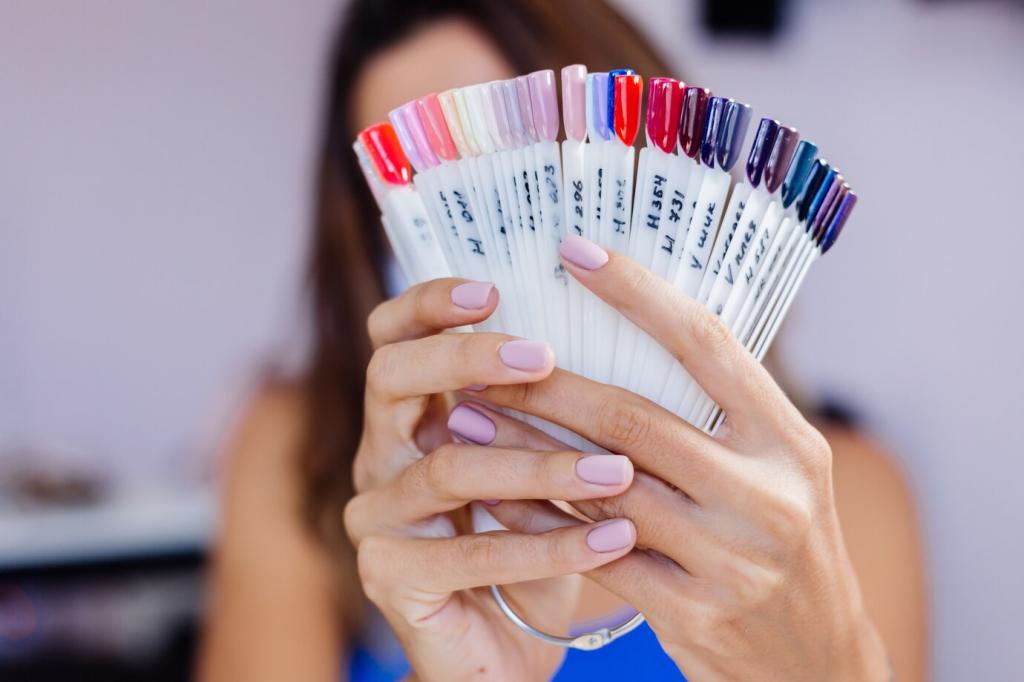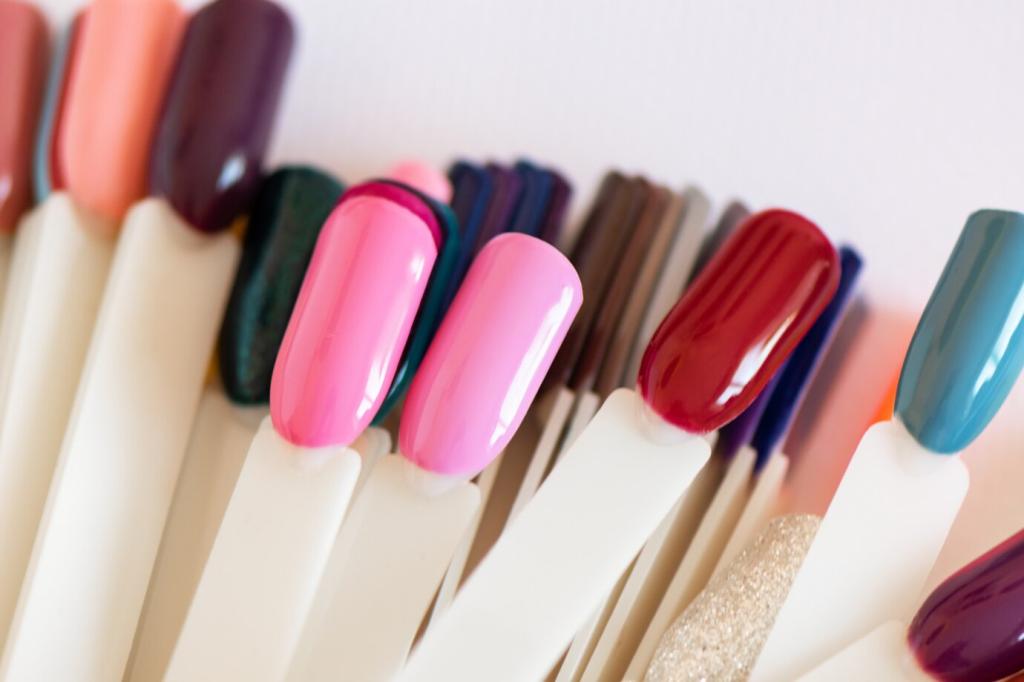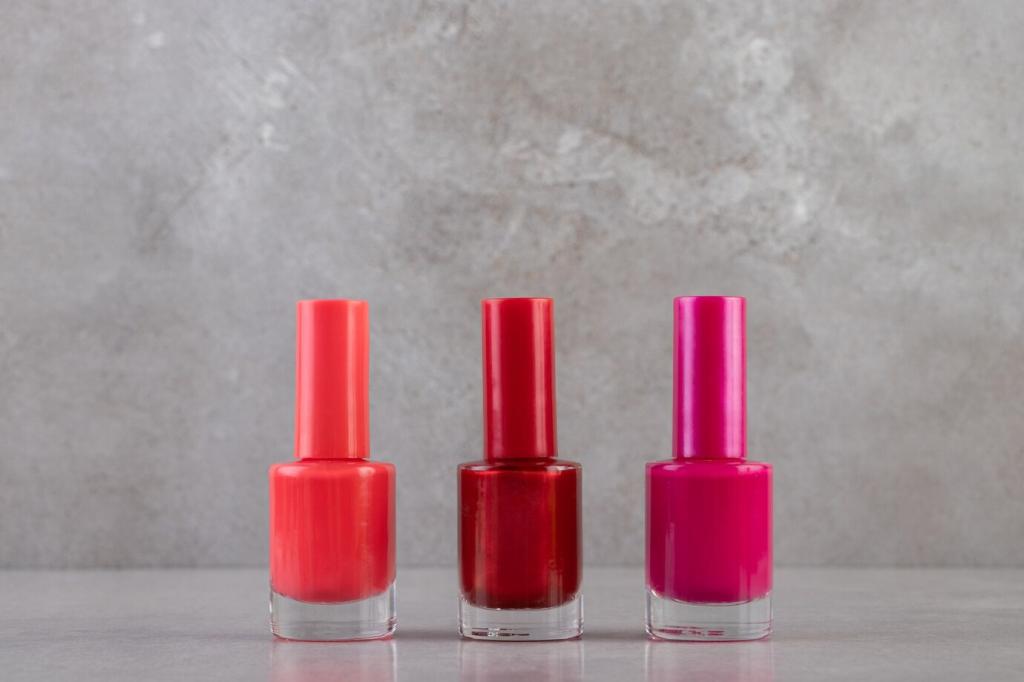Today’s Theme: Understanding Wood Types and Appropriate Polish Methods
Hardwoods vs Softwoods: How Structure Shapes the Polish
Oak, walnut, and teak often glow under oils because open pores and dense fibers welcome penetration that deepens chatoyance. Wipe thin, allow generous cure time, and sample end grain separately to avoid dark halos and uneven absorption.
Hardwoods vs Softwoods: How Structure Shapes the Polish
Pine and fir can blotch when stain or oil hits earlywood and latewood differently. A thin coat of dewaxed shellac as a sealer evens absorption, followed by gentle sanding and measured coats that build luster without plastic shine.
Hardwoods vs Softwoods: How Structure Shapes the Polish
Ring-porous vs diffuse-porous patterns, resin canals, and medullary rays reveal how a finish will behave. Try the fingernail and alcohol wipe tests, then tell us your identification tricks in the comments to help fellow finishers refine their eye.
Choosing the Right Polish: Oil, Wax, Shellac, Lacquer, and Poly
Boiled linseed, tung, and polymerized oils soak in, highlighting figure without heavy film. They are forgiving and repairable, perfect for walnut or teak. Wipe excess promptly, build thin coats, and invite readers to compare their favorite oil schedules.
Surface Prep That Matters: Sanding, Pore Filling, and Dust Control
Move through grits methodically, never skipping more than one step. On closed-grain maple, stop around 180 to avoid burnishing; on walnut, 220 often sings. Raise the grain with water, resand lightly, and share your favorite final hand-sanding ritual.



Traditional vs Modern Methods: Stories from the Shop
01
Hundreds of thin shellac layers, applied with a lubricated pad, transformed a dull cabinet into a liquid mirror. The owner cried seeing the ribbon figure glow again. Share your first French polishing attempt and the moment it finally clicked for you.
02
After years of spills, gentle sanding and several oil floods brought out the rays without plastic build. The family now rewipes twice yearly. Tell us your maintenance rhythm and what guests notice first when the grain wakes back up.
03
To preserve maple’s pale elegance, a waterborne polyurethane kept clarity high and yellowing low. Light scuff between coats yielded a glassy, hardworking surface. Comment with your favorite waterborne brand and whether you add a shellac sealer for extra pop.
Care and Maintenance: Keeping the Finish Glowing
Cleaning without dulling the gloss
Skip harsh detergents; choose pH-neutral cleaners and soft cloths. Avoid heavy water on film finishes. For waxed pieces, use a barely damp wipe, then rebuff. Share your go-to cleaners and how often you rotate fresh cloths to prevent micro-scratches.
Refreshing oil and wax with confidence
When an oil finish looks thirsty, lightly abrade with a gray pad, wipe a thin coat, then buff dry. For wax, apply sparingly and burnish. Subscribe for our quarterly checklist that reminds you when to refresh different finish types.
Small repairs for everyday wear
Shellac blush can be chased with fresh alcohol; lacquer blends with careful solvent melts; poly needs mechanical bonding. Practice on scrap, mask edges, and feather gently. Tell us your most reliable touch-up routine for water rings and heel scuffs.
Safety and Sustainability in Finishing
Prevent spontaneous combustion by drying rags flat outdoors or submerging in water within a sealed metal container before disposal. Post a reminder near your finish station, and encourage new woodworkers to learn this lifesaving habit on day one.

